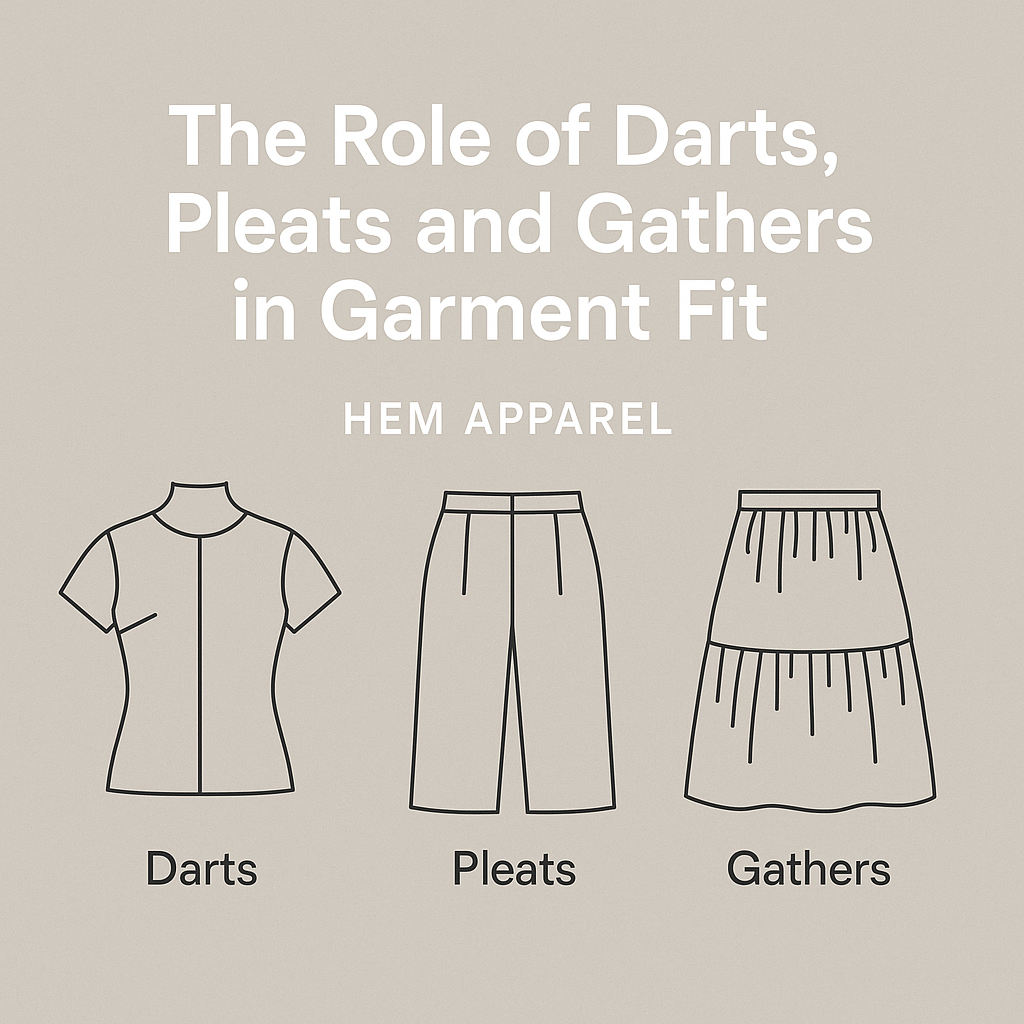You’ve got a great logo or graphic — but getting it printed or embroidered properly on your garment takes more than just emailing a JPEG. To avoid surprises, here’s what brands need to prepare before sending artwork to the manufacturer.
🎨 1. File Format Matters
-
Always send vector files (AI, PDF, EPS) for logos and line-based graphics
-
For raster images (e.g. photos), provide high-resolution PNG or PSD (300dpi)
-
Fonts should be outlined or embedded
-
Include Pantone codes or color references for accurate matching
✅ Why it matters: Clear, scalable files ensure print/embroidery quality and color consistency
🧵 2. Know Your Print Method
Different techniques require different setups:
| Method | Best For | Notes |
|---|---|---|
| Screen Print | Solid colors, large runs | Requires vector artwork, great opacity |
| DTG | Photorealistic images, small runs | Needs high-res raster files, works best on cotton |
| DTF | Versatile, detailed small batch | Quick setup, good color hold |
| Sublimation | Full garment prints on poly | Works only on light polyester |
| Embroidery | Logos, patches, uniforms | Artwork must be digitized (we handle this) |
📐 3. Specify Placement and Size
-
Indicate exact position (e.g. “3cm below neckline”)
-
Include size in cm or inches, not just visual scaling
-
For embroidery: note thickness, type (flat, 3D puff, chenille…)
🧠 HEM APPAREL’s Tip:
Want the best result?
Send a mockup, size guide, and placement instructions along with your artwork file.
If unsure, we’ll help prepare print-ready or embroidery-ready files for a small fee.





